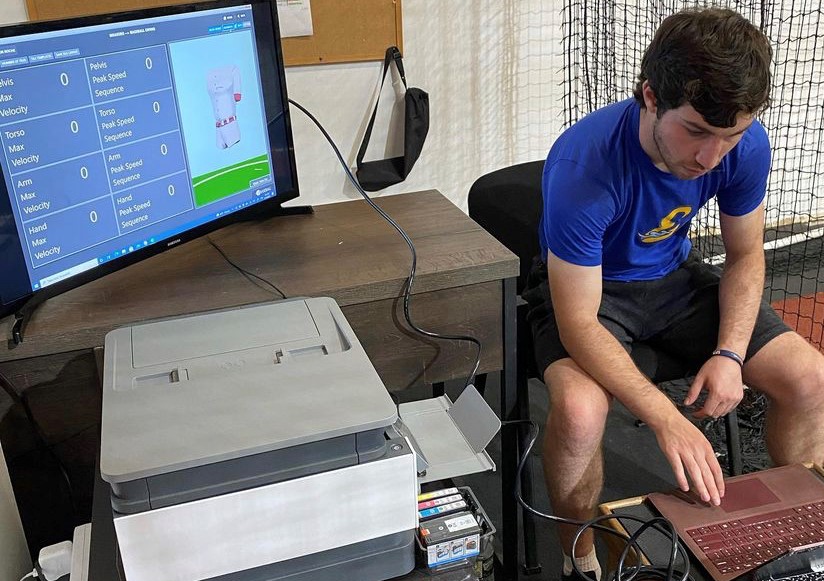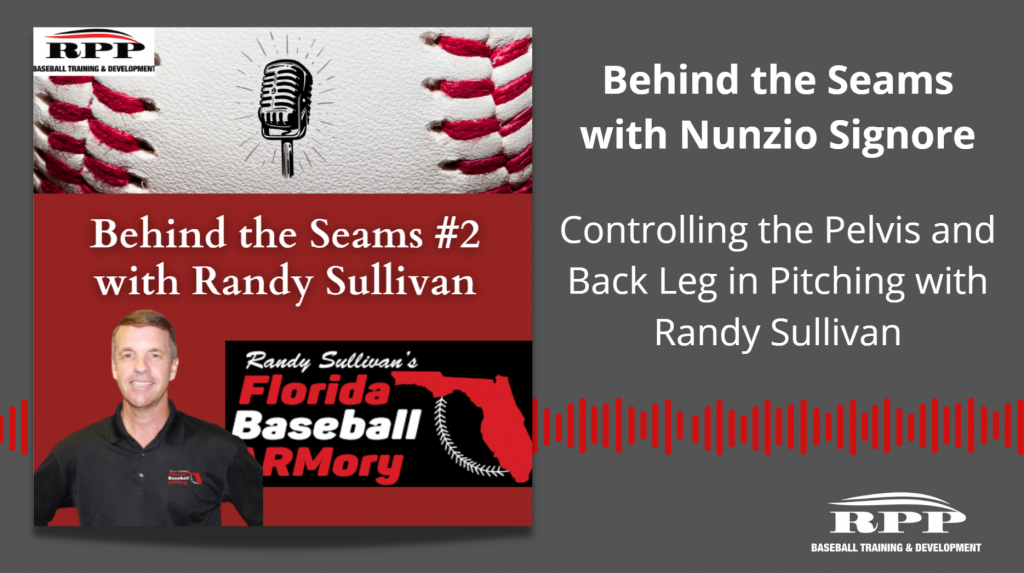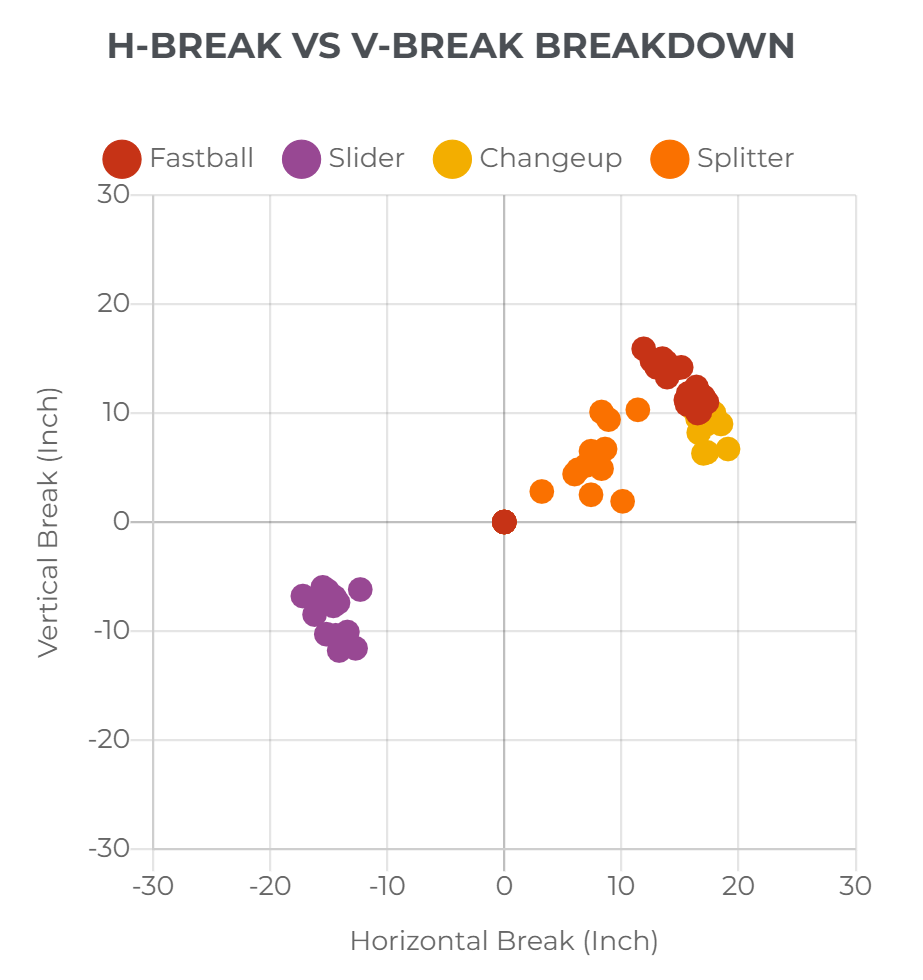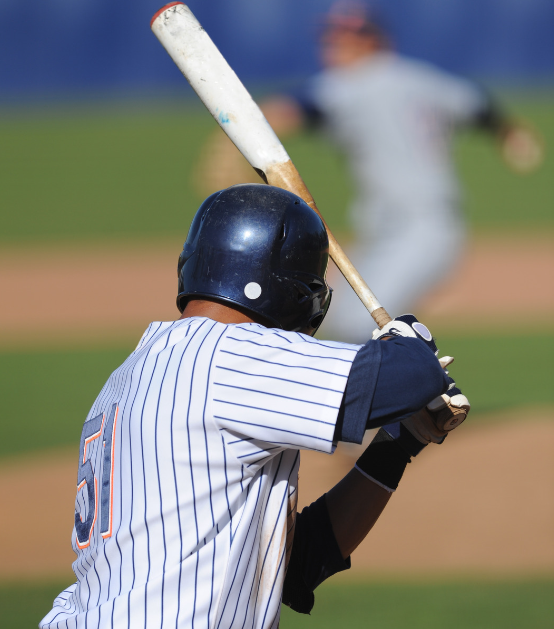
I joined RPP Baseball as a Data Intern this past September, and was very excited about the opportunity to learn all of the different aspects of applying technology to training pitchers and hitters. Little did I know how all-encompassing it would be. The process of working and training daily with the latest technology has proved to be an amazing experience for my personal development as a professional in this industry. Whether I am working with Rapsodo Pitching, Rapsodo Insight, Blast Motion, HitTrax, K-Vest, or assisting with our bio-mechanist on a full blown Qualisys motion capture system, I am amazed at the impact that data and technology can have on player progression and talent maximization. I decided to write this article, not only to summarize how much I have learned in this position, but also to help provide a road map for all those that may come after me. Continue reading “A Week in the Life of an RPP Data Intern”










